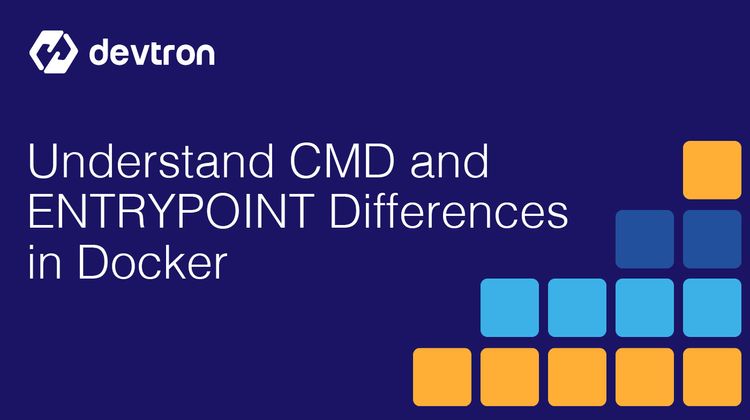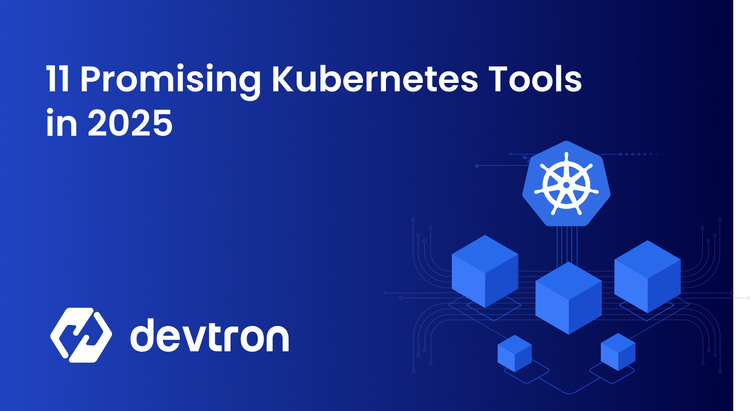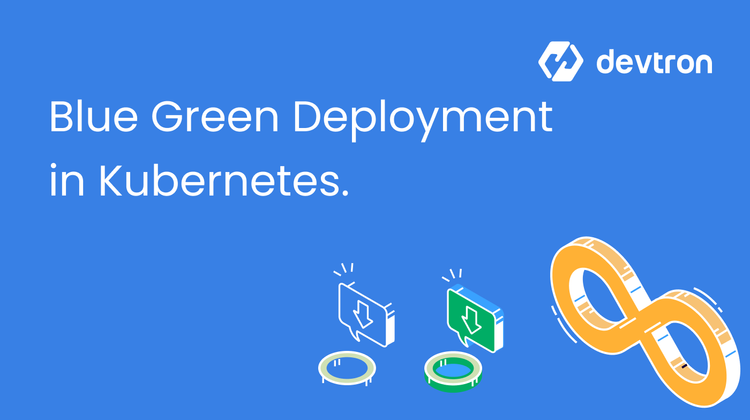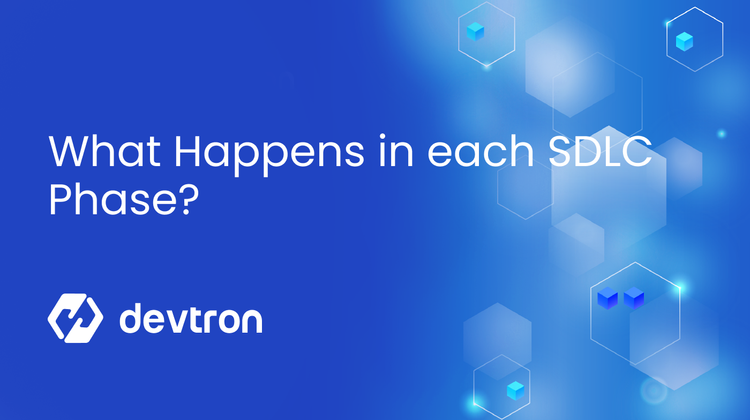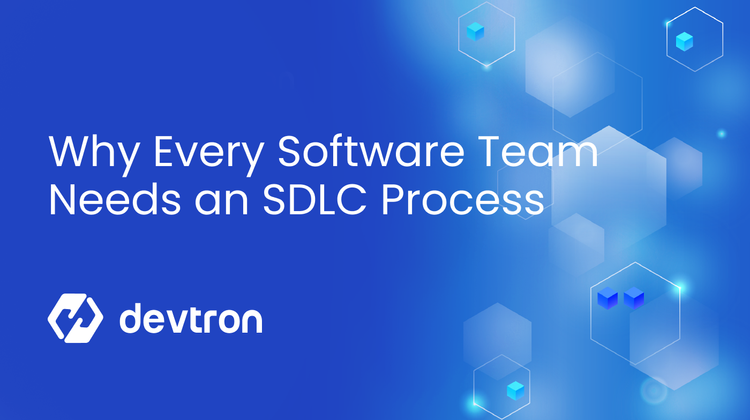TL;DR: CMD and ENTRYPOINT are core Dockerfile instructions that control how containers start. This blog breaks down their differences, best practices, and real-world examples to help you use them effectively.
DevOps
All content related the concept of DevOps. some further secondary tags include GitOps, Continuous Integration, Continuous Delivery, CI/CD and DevSecOps.
TL;DR: Discover 11 top Kubernetes tools for 2025 that enhance cluster management, security, and cost efficiency. From multi-cluster dashboards to automated certificate management, these tools help streamline operations, reduce complexities, and boost productivity for DevOps teams.
Learn how to implement blue-green deployment in Kubernetes to achieve zero-downtime releases, fast rollbacks, and safer deployments. Explore tools like Devtron, Argo Rollouts, and FluxCD.
Canary deployments help teams release software gradually to minimize risk and ensure stability. This blog explores how canary deployments work, when to use them, their pros and cons, key differences from canary releases, and how to implement them in Kubernetes environments.
The Software Development Life Cycle (SDLC) consists of distinct phases that streamline software creation and delivery. This blog explores each phase in detail, highlighting how they reduce risks, enhance collaboration, and ensure high-quality software aligned with business and user needs.
An SDLC process is essential for software teams to ensure high-quality, efficient, and predictable development. It minimizes risks, enhances collaboration, optimizes resources, and aligns software with user and business goals, making it the foundation of successful software delivery.
Agile and Scrum transform the SDLC by combining flexibility with structure. Agile emphasizes adaptability and customer focus, while Scrum provides a framework for iterative progress with roles, events, and artifacts.


